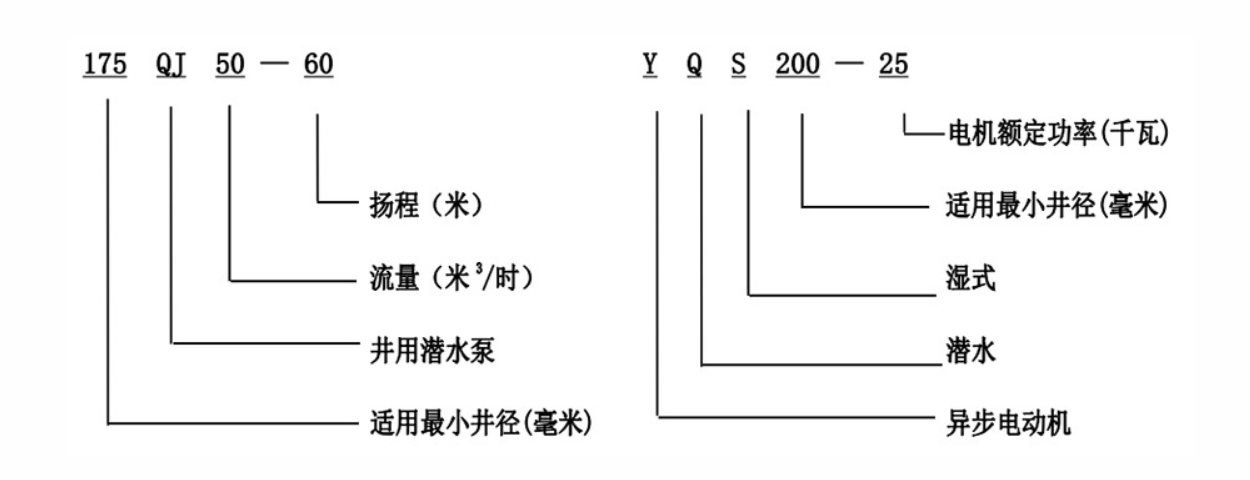Oct . 14, 2024 00:30 Back to list
deep well submersible pump removal
Deep Well Submersible Pump Removal A Comprehensive Guide
Deep well submersible pumps are widely used for extracting groundwater from deep aquifers, making them a critical component in agricultural irrigation, municipal water supply, and various industrial applications. However, there may come a time when a pump needs to be removed for maintenance, replacement, or other reasons. Understanding the removal process is essential to ensure safety and efficiency.
Preparation for Removal
Before embarking on the removal of a submersible pump, it is crucial to gather the necessary tools and equipment. Typically, you will need a wrench set, a bucket or pump for draining water, rope or cable slings, and a lifting mechanism such as a crane or winch. Additionally, safety gear, including gloves and goggles, should be worn to protect against potential hazards.
First, you must turn off all power to the pump. This step is vital to prevent any electrical accidents while working on the system. Locate the circuit breaker or switch dedicated to the pump and ensure that it is in the off position.
Understanding the Pump System
Familiarize yourself with the specific type of submersible pump you are dealing with. The design may vary based on the manufacturer and model. Typically, these pumps consist of a motor, pump impeller, and several stages that help lift water to the surface. Knowing the layout will help prevent damage during removal.
Draining and Disconnecting the System
Once safety measures are in place, begin by draining any remaining water from the system. This may involve turning on the pump momentarily or utilizing appropriate drainage techniques. Open any isolation valves to remove excess pressure in the pipes.
deep well submersible pump removal

Next, carefully disconnect the discharge piping from the top of the pump. Depending on the pump’s design, you may need to remove bolts or use other fasteners. Ensure that any water left in the pipe is drained into a bucket to prevent spillage.
Lifting the Pump
After the discharge pipe is disconnected, it’s time to lift the pump from the well. Use the lifting mechanism you’ve chosen, attaching it securely to the pump’s handling cable. It’s essential to lift the pump vertically to avoid any bending or damage. Make sure that all personnel are at a safe distance while lifting the pump.
As you begin to raise the pump, watch for any signs of resistance. If the pump is stuck, do not force it, as this could cause damage to both the pump and well casing. Instead, check for any additional connections or obstructions that might be causing the issue.
Inspection and Replacement
Once the pump is successfully removed, inspect it for signs of wear or damage. It’s an excellent opportunity to clean the pump and surrounding well casing. If the pump needs to be replaced, ensure that the new unit matches the specifications required for your well.
Conclusion
Removing a deep well submersible pump can be a complex task, but with proper preparation and safety measures, it can be done effectively. Always consult the pump's manual for specific removal instructions and consider seeking professional assistance if you are uncertain. Regular maintenance and monitoring of your pump system can significantly extend its life and ensure reliable performance.
-
Submersible Water Pump: The Efficient 'Power Pioneer' of the Underwater World
NewsJul.01,2025
-
Submersible Pond Pump: The Hidden Guardian of Water Landscape Ecology
NewsJul.01,2025
-
Stainless Well Pump: A Reliable and Durable Pumping Main Force
NewsJul.01,2025
-
Stainless Steel Submersible Pump: An Efficient and Versatile Tool for Underwater Operations
NewsJul.01,2025
-
Deep Well Submersible Pump: An Efficient 'Sucker' of Groundwater Sources
NewsJul.01,2025
-
Deep Water Well Pump: An Efficient 'Sucker' of Groundwater Sources
NewsJul.01,2025
-
 Submersible Water Pump: The Efficient 'Power Pioneer' of the Underwater WorldIn the field of hydraulic equipment, the Submersible Water Pump has become the core equipment for underwater operations and water resource transportation due to its unique design and excellent performance.Detail
Submersible Water Pump: The Efficient 'Power Pioneer' of the Underwater WorldIn the field of hydraulic equipment, the Submersible Water Pump has become the core equipment for underwater operations and water resource transportation due to its unique design and excellent performance.Detail -
 Submersible Pond Pump: The Hidden Guardian of Water Landscape EcologyIn courtyard landscapes, ecological ponds, and even small-scale water conservancy projects, there is a silent yet indispensable equipment - the Submersible Pond Pump.Detail
Submersible Pond Pump: The Hidden Guardian of Water Landscape EcologyIn courtyard landscapes, ecological ponds, and even small-scale water conservancy projects, there is a silent yet indispensable equipment - the Submersible Pond Pump.Detail -
 Stainless Well Pump: A Reliable and Durable Pumping Main ForceIn the field of water resource transportation, Stainless Well Pump has become the core equipment for various pumping scenarios with its excellent performance and reliable quality.Detail
Stainless Well Pump: A Reliable and Durable Pumping Main ForceIn the field of water resource transportation, Stainless Well Pump has become the core equipment for various pumping scenarios with its excellent performance and reliable quality.Detail
